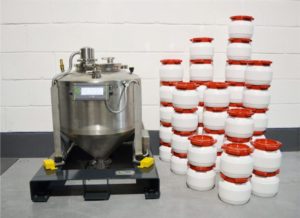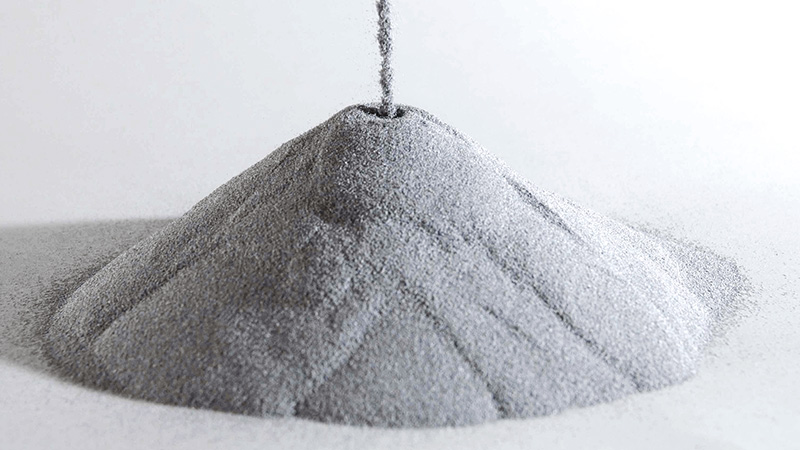With the support of the Royal Academy of Engineering, Professor Pedro Rivera led the research ‘Alloy and microstructure design for additive layer manufacturing’ which aims at high-performance metal powder development.
Indeed, metal is a material that presents a range of influencing variables in the build-chamber. Complex metallurgical processes involve the development of new components for the metal AM and the collection of vast quantities of data.
Moreover, this implies a perpetual change of the existing techniques for new ones as well as the creation of new compositions and microstructures.
Thus, the approach to the generation of new high-performance alloys for applications will be improved in a number of industries.
Professor Pedro Rivera commented “AM offers incredible design freedom to manufacture parts unable to be created by such established methods as forging and casting. Conventional alloys used for AM can be extremely sensitive to parameters such as oxygen content where the variation is intrinsic to the AM process. This research will create truly novel metal powders by controlling the microstructures and compositions so critical for high performing AM-specific alloys.”

In order to achieve AM on an industrial scale, researchers develop statistical models while taking into account powder size, composition as well as atmospheric conditions with components properties (strength, ductility, hardness…).

 This research demonstrates the possibility to apply science to the industry throughout the AM build process.
This research demonstrates the possibility to apply science to the industry throughout the AM build process.
For Dr. Phil Carroll, Managing Director at LPW Technology, “in understanding how metal powder composition can affect the end material microstructure we can begin to design and create parts where the composition across the component varies. The opportunity to design localised properties in a single part opens up tremendous possibilities. Imagine high temperature aerospace parts where the exterior is hard whilst the interior is lightweight, prosthetic joints delivering surface biocompatibility with low density interiors.”
//pagead2.googlesyndication.com/pagead/js/adsbygoogle.js
(adsbygoogle = window.adsbygoogle || []).push({});
For further information about 3D Printing, follow us on our social networks and subscribe to our newsletter!


